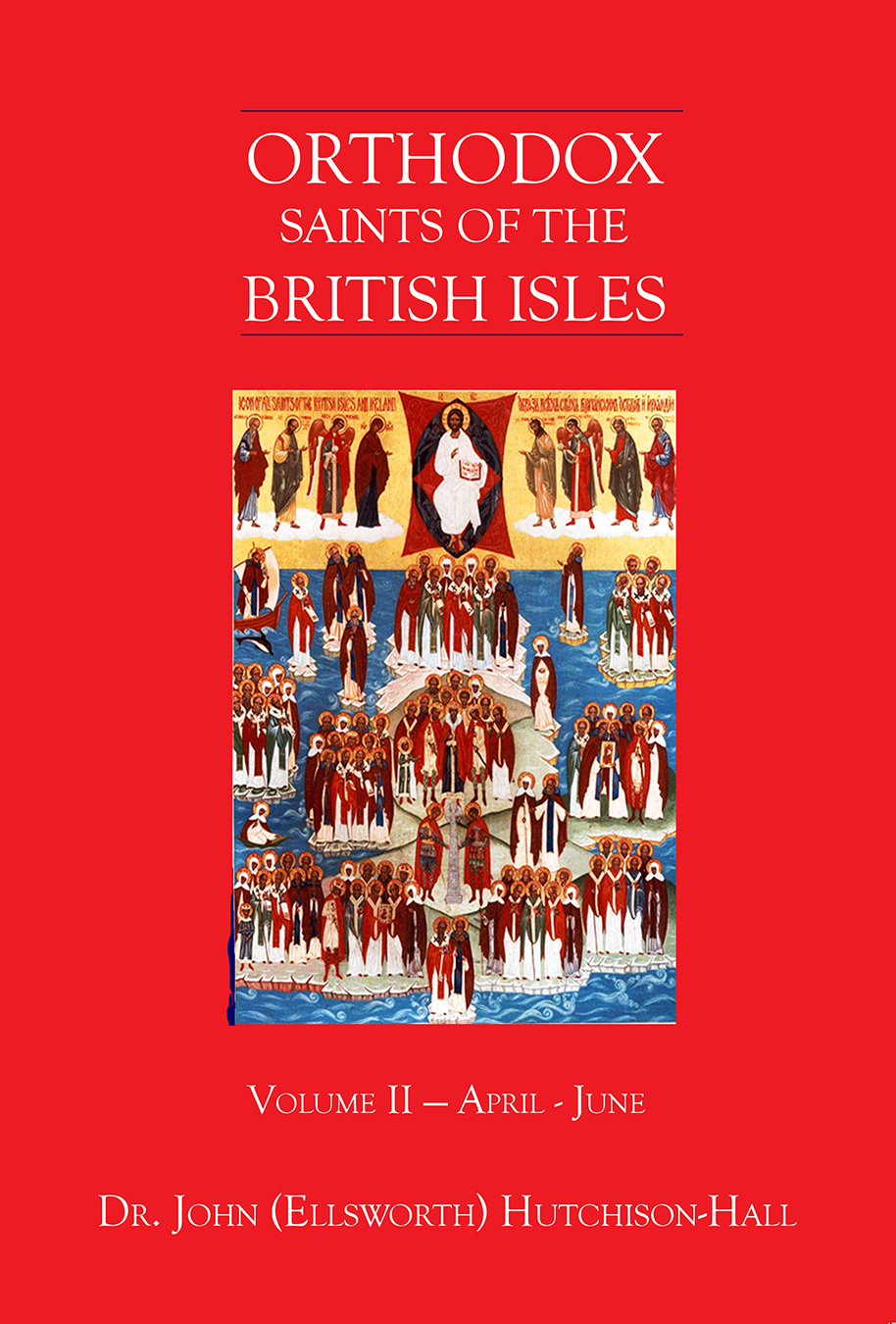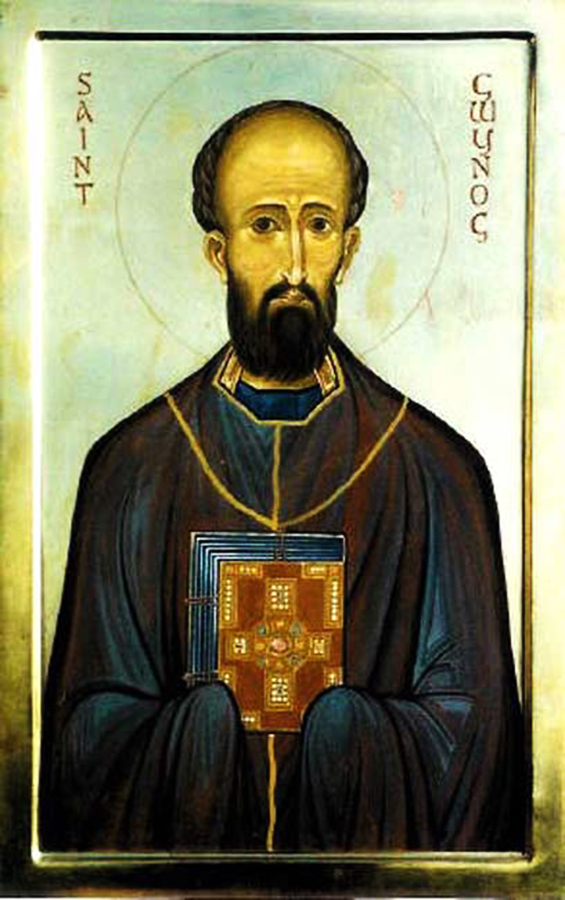
Orthodox Saints of the Pre-Schism
See of Rome
13th April (NS) — 31st March (OS) 2023
ALDO, a Count of Ostrevant, a district in present-day northern France, who flourished in the late eighth century. St. Aldo received monastic tonsure at the double monastery of Hasnon in Picardy (present-day northern France), and later served as its Abbot.
BALBINA, generally accepted to have been the daughter of St. Quirinus (30th March) the martyr. St. Balbina was baptised by Pope St. Alexander I (3rd May). St. Balbina was martyred along with her parents, circa 130.
GUY (GUIDO), rejecting the sybaritism of his youth, St. Guy received monastic tonsure at Pomposa Abbey near Ferrara, Italy. He then spent time at the Abbey of St. Severus in Ravenna, Italy, serving as Abbot towards the end of his stay there. St. Guy returned to Pomposa and was soon after appointed Abbot of Pomposa. During his tenure as Abbot, Pomposa experienced a doubling of the number of monks in the community. St. Guy reposed in 1046.
RENOVATUS, after renouncing the heresy of Arianism, St. Renovatus received monastic tonsure at the Monastery of Cauliana in Lusitania (present-day Portugal). He was later appointed Abbot of Cauliana, and then circa 611 consecrated Bishop of Mérida (present-day Portugal). St. Renovatus reposed circa 633.
THEODULUS, ANESIUS, FELIX, CORNELIA, and COMPANIONS, (Date Unknown), a group martyrs in Africa Proconsularis of whom no further particulars are extant.
Get your copy of Orthodox Saints of the British Isles today.
Available at Amazon or your favourite e-bookstore.
GUINOC, according to the Aberdeen Breviary, St. Guinoc was a Bishop in Scotland who reposed circa 838. No further information on his life is available.
HERMENEGILD, a son of Leovigild, King of the Visigoths (r. 568–586), St. Hermengild was raised as an Arian at his father’s Court. through the influence of his wife Ingunde, the orthodox Christian daughter of Sigebert I King of Austrasia (r. 561–575), and St. Leander (27th February), St. Hermenegild was brought to orthodox Christianity, not long after his marriage. St. Hermenegild’s rejection of Arianism so enraged his father who ordered him to renounce orthodox Christianity, and receive the Holy Gifts from an Arian bishop. Due to St. Hermenegild’s unwavering refusal to renounce orthodox Christianity, Leovigild had him imprisoned and tortured. Despite it all St. Hermenegild remained faithful to Christ, and was martyred in 585 on the order of his father.
MARTIN I, elected seventy-fourth Pope of Rome in 649, albeit without imperial approval. One of St. Martin’s first acts as Pope was to convene the Lateran Council of 649 at which two of the twenty canons issued condemned Monothelitism. This enraged the Monothelite Emperor, Constans II (r. 641–668), who had St. Martin arrested and deported to the Isle of Naxos in the South Aegean where he was imprisoned and torture. Following a mock trial, St. Martin was sentenced to death. Whilst the sentence was commuted, St. Martin reposed shortly after from the effects of his torture and imprisonment. St. Martin reposed in 655, and is considered the last of the martyred Popes of Rome.
MARTIUS, a hermit whose reputation of holiness attracted many disciples. As the number of disciples grew, St. Martius founded a monastery in Clermont (present-day Clermont-Ferrand, France) for them. He reposed circa 530.
URSUS, the son of a pagan Sicilian nobleman, who incurred his father’s wrath when he became a Christian. Forced to flee Sicily, St. Ursus settled in Ravenna, in the present-day Emilia-Romagna region of Northern Italy, where his holiness of life so impressed the native population that St. Ursus was chosen to serve as Bishop of Ravenna. After two decades serving his See, St. Ursus reposed in 396.
Prior to the Schism the Patriarchate of Rome was Orthodox, and fully in communion with the Orthodox Church. As Saint John of Shanghai and San Francisco +1966 said “The West was Orthodox for a thousand years, and her venerable Liturgy is far older than any of her heresies”.
Details of British Saints excerpted from Orthodox Saints of the British Isles.
Details of continental saints from these sources.
In many cases there are several spelling versions of the names of saints from the British Isles. I use the Oxford Dictionary of National Biography version as the primary version with the more prevalent version in parenthesis e.g. Ceadda (Chad) of Lichfield.


